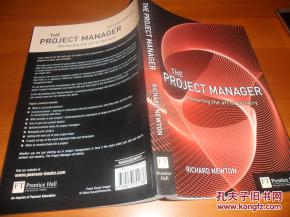
Content:
Fishing, an ancient pastime, has been captivating anglers for centuries. One of the most essential skills in fishing is the ability to effectively rig your equipment, and one of the most popular rigging techniques is the use of a吊窝 (diao wo) or "hovering" rig. This method allows your bait to stay in the strike zone for longer periods, increasing your chances of catching fish. In this article, we will delve into the intricacies of how to set up a吊窝 rig, complete with detailed pictures to guide you through the process.
Understanding the吊窝 Rig
The吊窝 rig is a type of fishing rig that keeps the bait suspended in the water column, allowing it to move naturally and attract fish. It is particularly effective for species that feed at various depths, such as bass, trout, and pike. The key to a successful吊窝 rig is the balance between the weight and the bait, ensuring that the bait remains in the desired depth without being too heavy or too light.
Materials Needed
Before you start, gather the following materials:
- Fishing rod and reel
- Line: monofilament or fluorocarbon
- Hook: depending on the species and bait
- Sinkers: split shot or a slip sinker
- Leader: a short length of monofilament or fluorocarbon
- Swivel or clip: to attach the leader to the main line
- Bait: live or artificial, depending on your preference
Step-by-Step Guide to Setting Up a吊窝 Rig
Choose the Right Weight: The weight of your sinker should be sufficient to keep your bait at the desired depth but not so heavy that it pulls the bait down too quickly. For example, if you're targeting bass in 3 to 5 feet of water, a 1/8-ounce sinker might be appropriate.
Attach the Leader: Thread the leader through the eye of the hook and knot it securely. A good choice is the improved clinch knot or the uni knot. Make sure the leader is about 18 to 24 inches long.
Attach the Sinkers: Connect the sinkers to the leader using a swivel or clip. This allows the sinkers to move independently of the bait, which is crucial for a natural presentation.
Adjust the Weight: If you're using a split shot sinker, you can adjust the weight by sliding it up or down the leader. If you're using a slip sinker, you can simply move it up or down the line.
Attach the Bait: Attach your bait to the hook. Make sure it's secure but not so tight that it affects the bait's movement.
Balance the Rig: With the sinker attached, cast the rig into the water and let it settle. Once it's at the desired depth, adjust the sinker to ensure the bait is in the right position. If the bait is too deep, add weight; if it's too shallow, remove some weight.
Cast and Retrieve: Once the rig is balanced, cast it out and let it settle. Retrieve the line at a slow, steady pace, allowing the bait to swim naturally. If you feel a tap or a pull, set the hook gently but firmly.
Pictures to Guide You
To help you visualize the process, here are some pictures illustrating each step of setting up a吊窝 rig:
[Insert pictures of the following steps: choosing the right weight, attaching the leader, attaching the sinkers, adjusting the weight, attaching the bait, and balancing the rig.]
Final Thoughts
Mastering the吊窝 rig is a valuable skill for any angler looking to improve their chances of catching fish. By understanding the balance between weight and bait, and by following the step-by-step process outlined in this article, you'll be well on your way to setting up an effective and efficient fishing rig. Remember, practice makes perfect, so don't be afraid to experiment with different weights and baits to find what works best for your fishing situation. Happy fishing!












